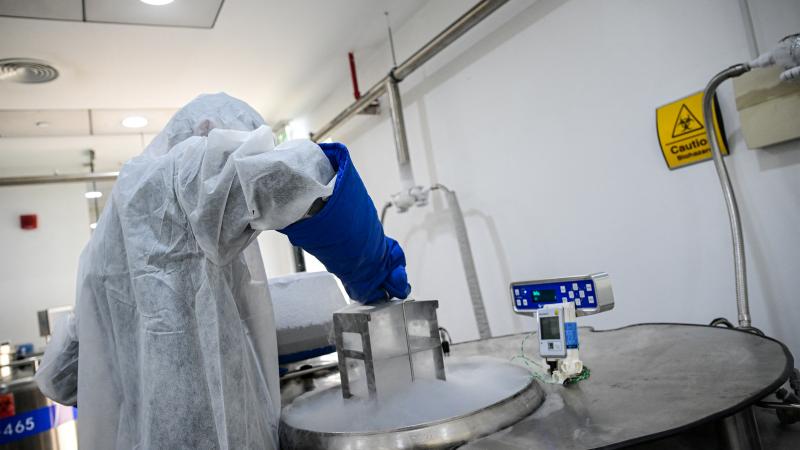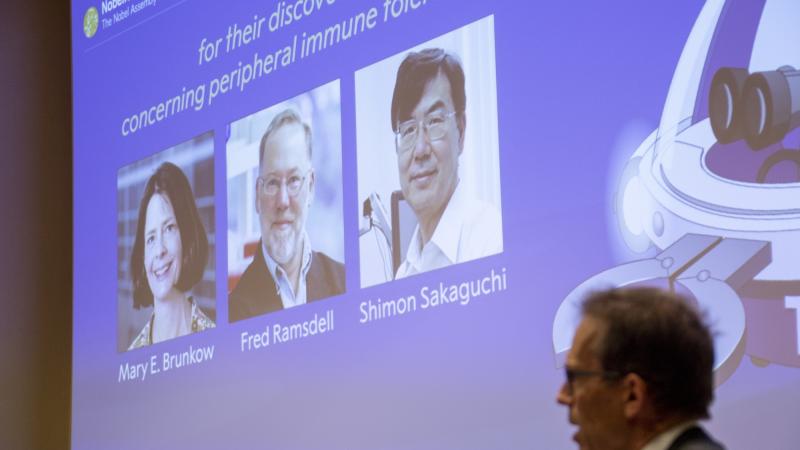Astronomers announce discovery of ‘Super-Earth’ orbiting near habitable zone of nearby star
Exoplanet is latest in search for celestial objects capable of harboring life
Scientists this week revealed the discovery of an Earth-like planet orbiting the habitable zone of a small nearby star, a potentially promising find in the ongoing search for planets in the universe that may harbor life.
A “habitable zone” is the distance from a star in which a rocky planet is close enough to receive warmth from the star’s energy but far enough to not be overheated by it; astronomers consider this range the “Goldilocks zone” in which life is most likely to develop.
In a paper published in the journal Earth and Planetary Astrophysics, an international team of experts report the “discovery of a super-Earth planet on a 10.77-day orbit around the M4.5 dwarf Ross 508.”
Ross 508 is located relatively close to Earth’s cosmic neighborhood, being situated about 36 light-years away from our planet. The astronomers in the paper said that the planet in question, Ross 508 b, is located “near the inner edge of its star's habitable zone.”
“We have explored the possibility that the planet has a high eccentricity and its host is accompanied by an additional unconfirmed companion on a wide orbit,” the paper states.
Dwarf stars are the most common stars found in the Milky Way galaxy, with many astronomers speculating that planets harboring life are likely to be found in the habitable zones of red dwarf stars rather than larger “yellow dwarf” stars like the Sun.
















